A while back I write an article entitled “
NVMe for Absolute Beginners
for Absolute Beginners.” It seems to have resonated with a lot of people and it appears there might be a call for doing the same thing for NVMe® over Fabrics (NVMe-oF

).
This article is for
absolute beginners. If you are a
seasoned (or even moderately-experienced) technical person, this probably won’t
be news to you. However, you are free (and encouraged!) to point people to this
article who need Plain English

to get started.
A Quick Refresher
Any time an application on a computer (or server, or even a consumer
device like a phone) needs to talk to a storage device, there are a couple of
things that you need to have. First, you need to have memory (like RAM), you
need to have a CPU, and you also need to have something that can hold onto your
data for the long haul (also called
storage).
Another thing you need to have is a way for the CPU to talk
to the memory device (on one hand) and the storage device (on the other). Thing
is, CPUs talk a very specific language, and historically memory could speak
that language, but storage could not.
For many years, things ambled along in this way. The CPU
would talk natively with memory, which made it very fast but also was somewhat
risky because memory was considered
volatile. That is, if there was a
power blip (or went out completely), any data in memory would be wiped out.
Not fun.
Read More
 for Absolute Beginners.” It seems to have resonated with a lot of people and it appears there might be a call for doing the same thing for NVMe® over Fabrics (NVMe-oF
for Absolute Beginners.” It seems to have resonated with a lot of people and it appears there might be a call for doing the same thing for NVMe® over Fabrics (NVMe-oF ).
This article is for absolute beginners. If you are a
seasoned (or even moderately-experienced) technical person, this probably won’t
be news to you. However, you are free (and encouraged!) to point people to this
article who need Plain English
).
This article is for absolute beginners. If you are a
seasoned (or even moderately-experienced) technical person, this probably won’t
be news to you. However, you are free (and encouraged!) to point people to this
article who need Plain English to get started.
A Quick Refresher
Any time an application on a computer (or server, or even a consumer
device like a phone) needs to talk to a storage device, there are a couple of
things that you need to have. First, you need to have memory (like RAM), you
need to have a CPU, and you also need to have something that can hold onto your
data for the long haul (also called storage).
Another thing you need to have is a way for the CPU to talk
to the memory device (on one hand) and the storage device (on the other). Thing
is, CPUs talk a very specific language, and historically memory could speak
that language, but storage could not.
For many years, things ambled along in this way. The CPU
would talk natively with memory, which made it very fast but also was somewhat
risky because memory was considered volatile. That is, if there was a
power blip (or went out completely), any data in memory would be wiped out.
Not fun. Read More
to get started.
A Quick Refresher
Any time an application on a computer (or server, or even a consumer
device like a phone) needs to talk to a storage device, there are a couple of
things that you need to have. First, you need to have memory (like RAM), you
need to have a CPU, and you also need to have something that can hold onto your
data for the long haul (also called storage).
Another thing you need to have is a way for the CPU to talk
to the memory device (on one hand) and the storage device (on the other). Thing
is, CPUs talk a very specific language, and historically memory could speak
that language, but storage could not.
For many years, things ambled along in this way. The CPU
would talk natively with memory, which made it very fast but also was somewhat
risky because memory was considered volatile. That is, if there was a
power blip (or went out completely), any data in memory would be wiped out.
Not fun. Read More

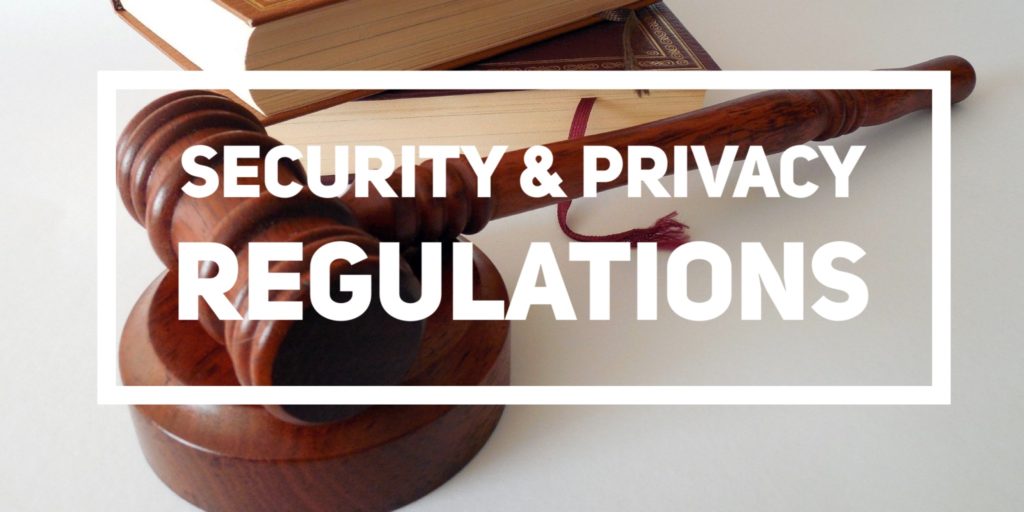 Last month the
Last month the  Last month, the
Last month, the 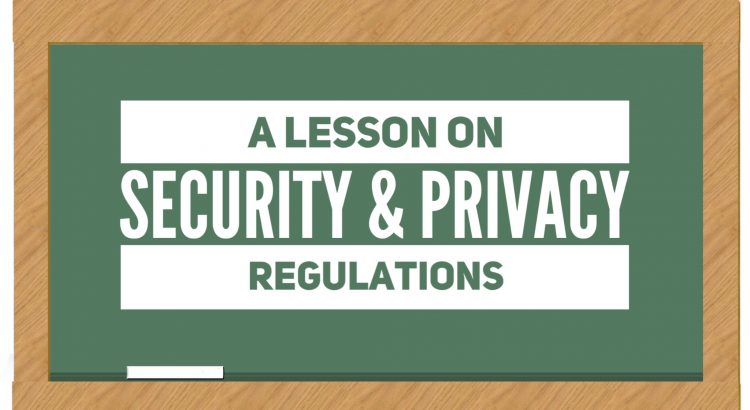
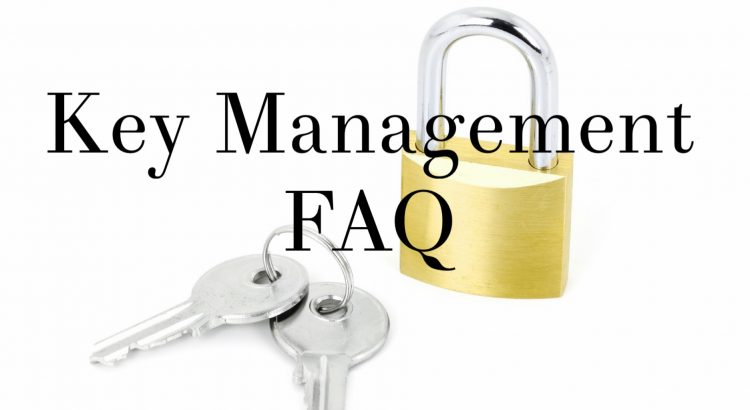
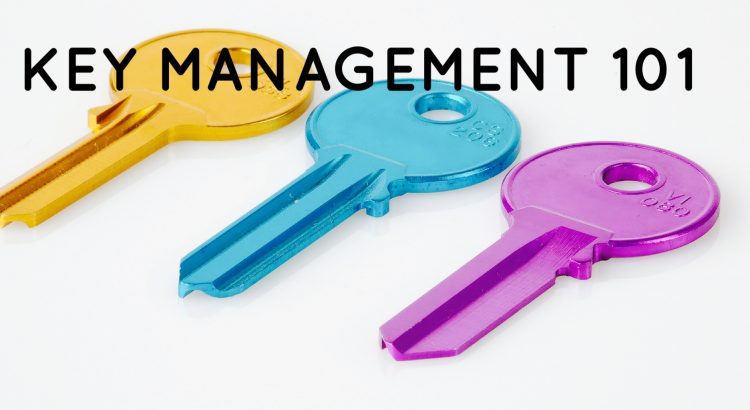
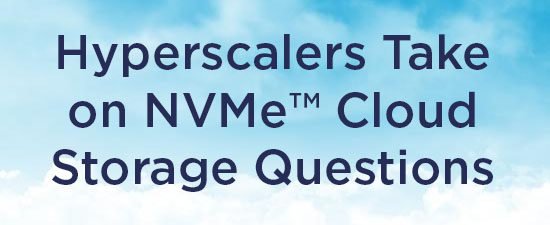
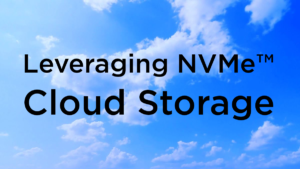 What do Hyperscalers like Facebook and Microsoft have in common? Find out in our next SNIA Networking Storage Forum (NSF) webcast,
What do Hyperscalers like Facebook and Microsoft have in common? Find out in our next SNIA Networking Storage Forum (NSF) webcast,  This series of webcasts, hosted by the
This series of webcasts, hosted by the  /TCP Means for Networked Storage? where Sagi Grimberg, lead author of the NVMe/TCP specification, and J Metz, Board Member for SNIA, explained what NVMe/TCP is all about. If you haven’t seen the webcast yet, check it out
/TCP Means for Networked Storage? where Sagi Grimberg, lead author of the NVMe/TCP specification, and J Metz, Board Member for SNIA, explained what NVMe/TCP is all about. If you haven’t seen the webcast yet, check it out